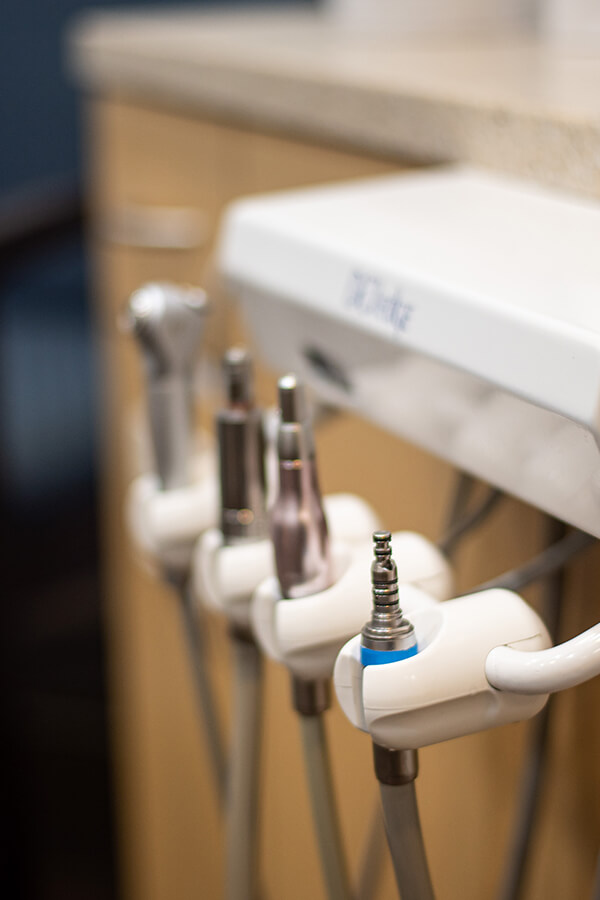Gingivitis
Gingivitis and Periodontal Disease
Gum Disease Treatment at Southridge Dental
Gingivitis is a common and mild form of gum disease (periodontal disease) that causes irritation, redness and swelling (inflammation) of your gums. Because gingivitis can be mild, you may not be aware that you have the condition. But it’s important to take gingivitis seriously and treat it promptly. Gingivitis can lead to much more serious gum disease (periodontitis) and eventual tooth loss.
The most common cause of gingivitis is poor oral hygiene. Good oral health habits, such as brushing at least twice a day, flossing daily and getting regular dental checkups, can help prevent gingivitis and periodontal disease.

Signs and Symptoms
Of Gingivitis or Periodontal Disease
The symptoms of gingivitis are somewhat nonspecific and manifest in the gum tissue as the classic signs of inflammation:
- Swollen gums
- Bright red or purple gums
- Gums that are tender or painful to the touch
- Bleeding gums or bleeding after brushing and/or flossing
- Bad breath (the dreaded Halitosis)
- Additionally, the stippling that normally exists on the gum tissue of some individuals will often disappear and the gums may appear shiny when the gum tissue becomes swollen and stretched over the inflamed underlying connective tissue. The accumulation may also emit an unpleasant odor. When the gingiva are swollen, the epithelial lining of the gingival crevice becomes ulcerated and the gums will bleed more easily with even gentle brushing, and especially when flossing.
Prevention of Gingivitis and Periodontal Disease:
Gingivitis can be prevented through regular oral hygiene that includes daily brushing and flossing (twice per day). Hydrogen peroxide, saline, alcohol or chlorhexidine mouth washes may also be employed. In a 2004 clinical study, the beneficial effect of hydrogen peroxide on gingivitis has been highlighted.
Gingivitis and Periodontal Disease Treatment:
Treatment generally involves a thorough cleaning of the teeth, the focus of which is to remove plaque.
Therapy is aimed at the reduction of oral bacteria, and may take the form of regular periodic visits to a dental professional together with adequate oral hygiene home care. Thus, several of the methods used in the prevention of gingivitis can also be used for the treatment of manifest gingivitis, such as scaling, root planing, curettage, mouth washes containing chlorhexidine or hydrogen peroxide, and flossing.
Powered toothbrushes work better than manual toothbrushes in reducing the disease.
Are your gums sore, red, swollen or are you experiencing bleeding after brushing or flossing? If so, it is imperative you give us a call and schedule an exam.